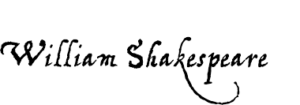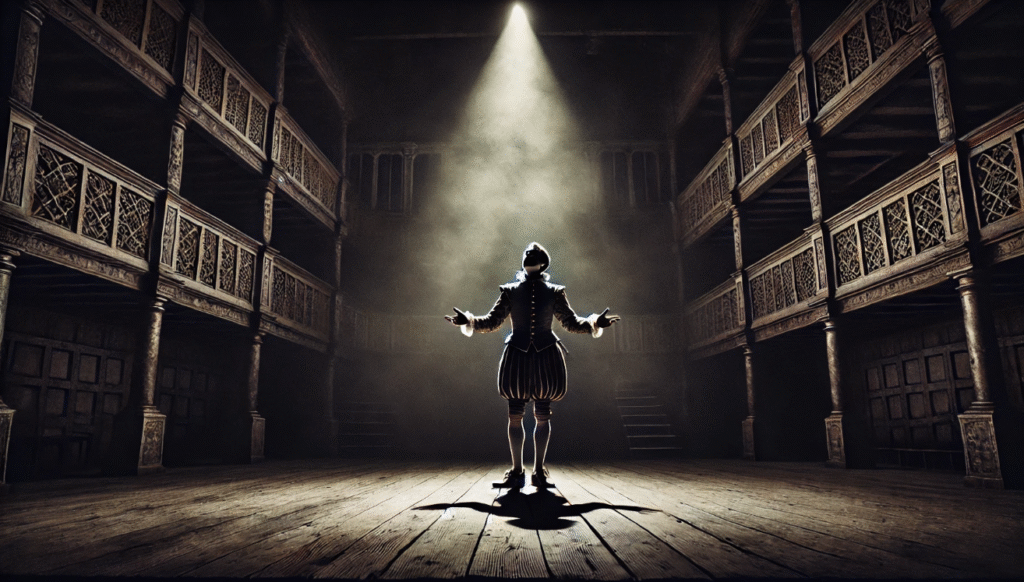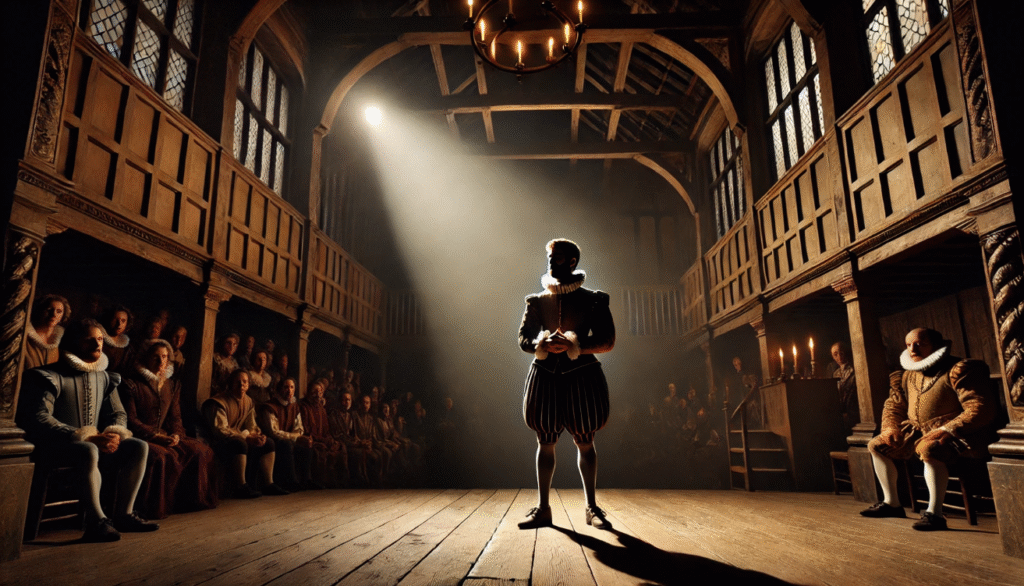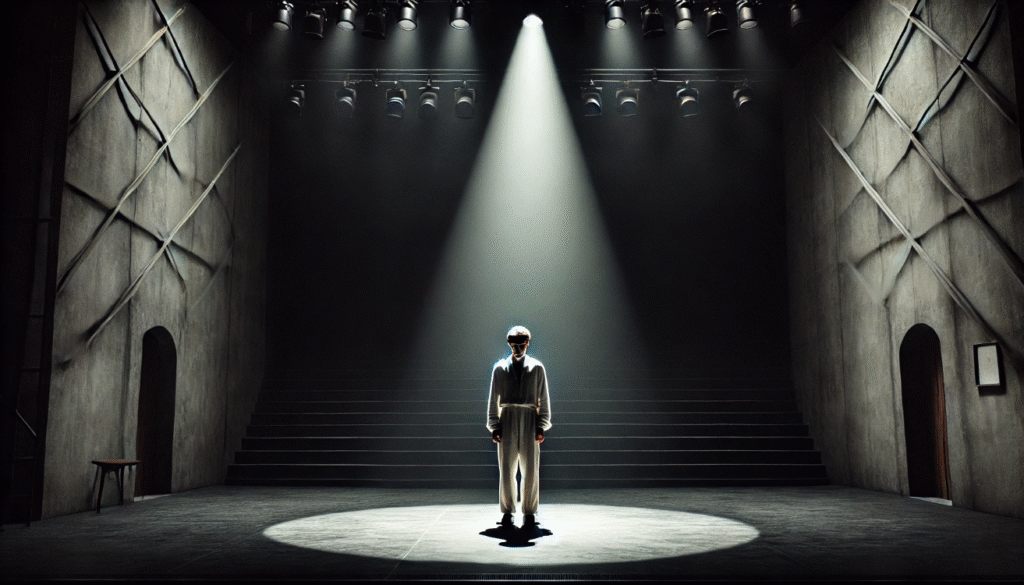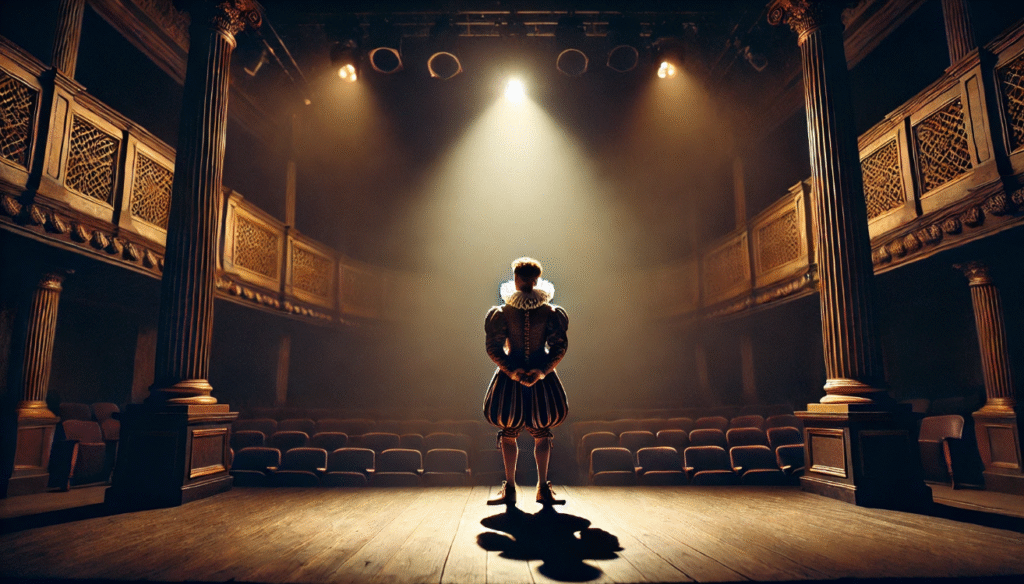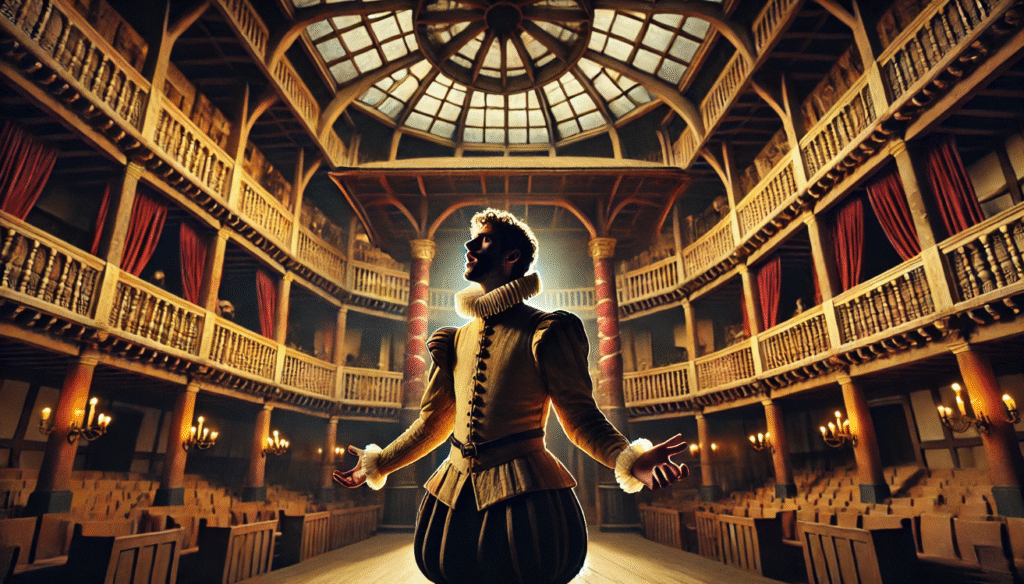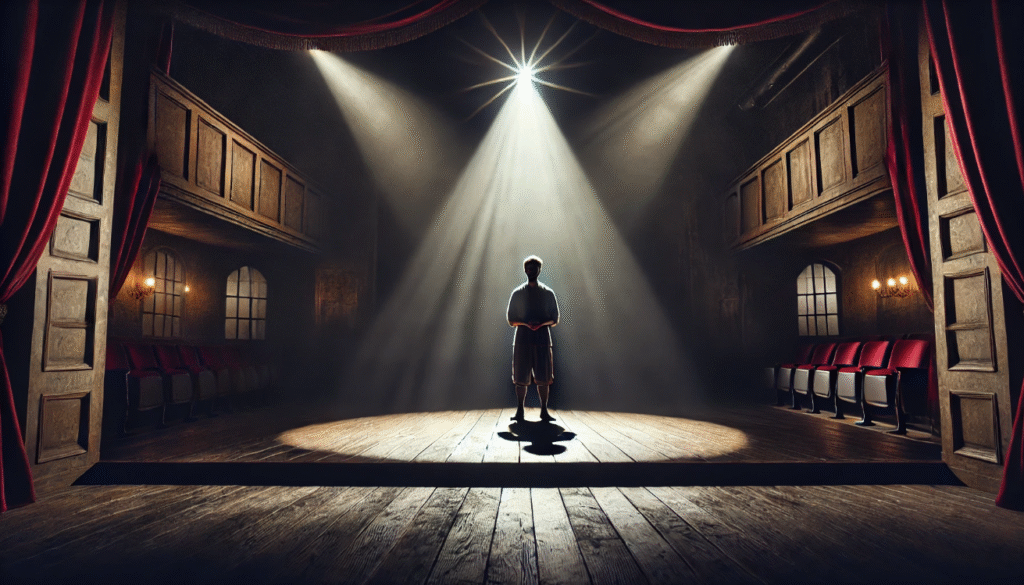 Have you ever heard the famous the dramatic function of soliloquies from Shakespeare’s Hamlet that begins with “To be or not to be”? This powerful and introspective speech is just one example of a the dramatic function of soliloquies, a dramatic device used in plays to convey a character’s inner thoughts and feelings to the audience. The dramatic function of soliloquies is a speech delivered by a character alone on stage, expressing their innermost thoughts and emotions. It is a moment of intense self-reflection and revelation, allowing the audience to gain deeper insight into the character’s mindset and motivations. In classic plays, The dramatic function of soliloquies were often used to provide exposition, reveal character development, and build dramatic tension.
Have you ever heard the famous the dramatic function of soliloquies from Shakespeare’s Hamlet that begins with “To be or not to be”? This powerful and introspective speech is just one example of a the dramatic function of soliloquies, a dramatic device used in plays to convey a character’s inner thoughts and feelings to the audience. The dramatic function of soliloquies is a speech delivered by a character alone on stage, expressing their innermost thoughts and emotions. It is a moment of intense self-reflection and revelation, allowing the audience to gain deeper insight into the character’s mindset and motivations. In classic plays, The dramatic function of soliloquies were often used to provide exposition, reveal character development, and build dramatic tension.
Historical Context of Soliloquies:
Origins in Classical Theatre:

Ancient Greek drama, particularly in the works of playwrights like Sophocles and Euripides, often featured monologues as a prominent storytelling device. These monologues allowed characters to express their thoughts, emotions, and inner conflicts to the audience, providing insight into their motivations and driving the plot forward. In Roman theatre, the use of monologues evolved into soliloquies, which served a similar purpose of revealing a character’s inner thoughts and feelings. However, The dramatic function of soliloquies were often more introspective and contemplative, allowing characters to speak directly to themselves and the audience, providing a deeper understanding of their internal struggles and dilemmas.
Medieval and Renaissance Theatre:
During Shakespeare’s era, there were significant developments in the arts, literature, and theater. The Elizabethan era saw a boom in creativity and innovation, with Shakespeare being at the forefront of these advancements. His plays, such as “Hamlet” and “Macbeth,” exemplify the dramatic and thematic developments of the time. These works explored complex human emotions, political intrigue, and moral dilemmas, reflecting the evolving societal values and beliefs. Additionally, the era saw the construction of the Globe Theatre and the rise of professional theater, which further contributed to the development of drama and performance. Overall, Shakespeare’s era was a period of immense growth and transformation in the world of literature and theater.
The Dramatic Functions of Soliloquies in Classic
Plays Revealing Inner Thoughts:
Soliloquies in literature serve as a window into a character’s inner thoughts and emotions, allowing the audience to gain insight into their private dilemmas. In the case of Hamlet, his soliloquies reveal his deep indecision and internal conflict. Through his introspective speeches, we see the struggle he faces in avenging his father’s death, grappling with the morality of his actions, and questioning his own existence. Similarly, in Shakespeare’s Macbeth, the soliloquies expose the character’s mounting guilt and inner turmoil.
Advancing the Plot:

Soliloquies are a powerful literary device used in plays to inform audiences of a character’s inner thoughts and key decisions. In the case of Macbeth’s dagger scene, the soliloquy allows the audience to witness the character’s internal struggle as he grapples with the decision to commit a heinous act. This device provides insight into the character’s motivations and helps to drive the plot forward, making it a crucial element in the storytelling process.
Building Emotional Connection:
Soliloquies engage the audience by allowing them to witness the inner struggles and conflicts of the character in a more intimate and personal way. In the case of Othello, his soliloquies reveal the gradual transformation of his character as he succumbs to jealousy and suspicion, providing insight into the broader themes of morality, ambition, and identity. By sharing his inner thoughts and emotions with the audience, Othello’s soliloquies create a deeper connection and understanding of his struggles, ultimately engaging the audience in a more profound and meaningful way.
Soliloquies in Modern Plays:

In 20th and 21st-century plays, such as those by Arthur Miller and Tennessee Williams, we see a departure from the classical styles of theater. These playwrights have introduced innovative approaches to storytelling, such as breaking the fourth wall to directly engage the audience and integrating multimedia elements like voiceovers and lighting effects. One key example of this is Willy Loman’s reflections in Death of a Salesman, where the character directly addresses the audience and shares his inner thoughts and struggles. Additionally, modern one-act plays often feature solo performances and monologues that allow the audience to connect with the characters on a deeper level.
Comparative Analysis of Classic vs. Modern Soliloquies:
Language and Style:

Complexity in poetry refers to the depth of meaning, the use of figurative language, and the intricacy of the language and structure. Poetic devices, on the other hand, are the tools that poets use to create a particular effect, such as imagery, metaphor, simile, and symbolism. The differences in complexity and poetic devices can be seen in the way a poem is constructed and the level of depth and artistry present in the writing. Some poems may be more straightforward and simple in their language and meaning, while others may be more complex and layered, using a variety of poetic devices to create a rich and nuanced reading experience.
Audience Interaction:
“Did you know that the average person makes hundreds of subconscious decisions every day? From what to wear in the morning to what to eat for lunch, our minds are constantly processing information and making choices without us even realizing it. These subtle psychological processes can have a profound impact on our behavior and decision-making. By understanding the power of our subconscious mind, we can learn to harness its influence and make more intentional choices in our daily lives.
Cultural Context:
The evolution of themes in literature and art has always been closely tied to the social and cultural relevance of the time. As society changes and progresses, so do the themes and topics explored in creative works. For example, themes of love, power, and morality have been prevalent throughout history, but the specific ways in which they are explored and portrayed have evolved to reflect the changing values and beliefs of society. Additionally, social issues such as gender equality, racial discrimination, and environmental sustainability have become increasingly important themes in art and literature as these topics gain more attention and significance in the public consciousness. Overall, the evolution of themes in creative works reflects the ongoing dialogue between art and society, and serves as a mirror to the values and concerns of each era.
Theatrical Techniques in Soliloquies:
Staging and Delivery:
Soliloquies are performed to captivate the audience by allowing the character to speak their inner thoughts and emotions directly to the audience. This creates a sense of intimacy and connection, as the audience is given insight into the character’s inner world. It also provides an opportunity for the actor to showcase their range and skill in conveying complex emotions and themes. Additionally, soliloquies often serve to advance the plot and provide important exposition, making them a crucial tool for engaging the audience and drawing them into the story.
Lighting, Sound, and Space:

Modern technological enhancements refer to the advancements and improvements in technology that have occurred in recent years. These enhancements cover a wide range of areas including communication, transportation, healthcare, and entertainment. Some examples include the development of smartphones, high-speed internet, electric vehicles, and virtual reality. These enhancements have significantly improved our daily lives and have the potential to continue transforming the way we live and work in the future.
The Enduring Appeal of Soliloquies:
Why They Resonate Across Eras:
The exploration of human emotion and conflict has been a timeless endeavor throughout history. From ancient Greek tragedies to modern-day literature and films, artists and creators have sought to delve into the depths of the human experience. Through these explorations, we gain a greater understanding of ourselves and the world around us, as we reflect on the complexities of love, loss, and the myriad of emotions that shape our lives. These timeless explorations serve as a reminder of our shared humanity and the universal struggles that unite us all.
Adapting to Contemporary Media:

Film, television, and digital storytelling have been greatly influenced by technological advancements and changing audience preferences. The rise of streaming services and digital platforms has led to a shift in how content is consumed, as well as the types of stories being told. Additionally, social media and online communities have provided new avenues for audience engagement and feedback. This has led to more diverse and inclusive storytelling, as well as the exploration of new formats and storytelling techniques. Overall, the influence on film, television, and digital storytelling has been significant, with the potential for even more innovation and evolution in the future.
So, to recap, we’ve discussed how soliloquies are important in drama as they provide insight into a character’s thoughts and emotions. Understanding soliloquies enhances our appreciation of drama by allowing us to delve deeper into the characters’ inner workings and motivations. This can lead to a greater understanding and empathy for the characters, as well as a deeper connection to the story being told. Furthermore, soliloquies bridge the gap between characters and audiences across time. They allow us to connect with characters from different eras and cultures, and to understand their experiences and perspectives in a more personal way.
